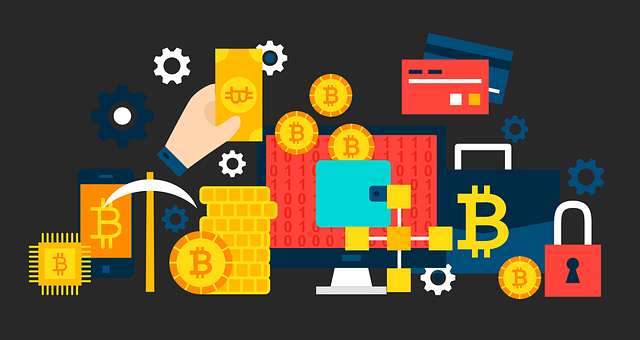Non-fungible token NFT
Contents |
[edit] Introduction
A non-fungible token (NFT) is a distinct digital object that is housed on a blockchain. An NFT is best described as a registration licence for a particular, one of a kind object. For architects, photographers and other producers of original concepts, NFTs are a method of creating, showcasing and commercialising their designs.
In the NFT marketplace, authenticity of original ownership is not the same as copyright.
[edit] Licencing and management
The licence number for the NFT is retained within a blockchain database of information, stored chronologically across a decentralised network of computers. Once published, the information on the blockchain cannot be changed. There is just one single source of information or single source of truth (immutable records of transactions, interactions) on the blockchain maintained by the network and its protocol.
[edit] Blockchain as the NFT backbone
Blockchain was introduced in 2008. It was first adapted as the underlying technology of Bitcoin.
In 2020, blockchain started being used as a management, certification and trading tool for unique digital assets that are tracked on blockchains. These assets could be in any digital format - and could be copied - but there would only be one 'original' NFT record. Assets could include music, fashion, games, video, and so on. NFTs provide a mechanism for creating a market for these intangible items.
The digital collectible market of 2021 has grown exponentially, as more NFTs become available and people become more comfortable with cryptocurrencies.
[edit] Energy issues and crypto trading
Due to its reliance on computing power, blockchain, bitcoin and NFTs have been criticised for their energy usage and the carbon footprints they produce. This is due to their reliance on the proof-of-work protocol that confirms blockchain transactions over public networks.
Some NFTs are seeking alternative measures of authenticity verification - such as proof of stake - that are less energy intensive.
[edit] Related articles on Designing Buildings Wiki
- Blockchain.
- Blockchain could transform the construction industry.
- Blockchain definitions.
- Blockchain – feasibility and opportunity assessment.
- Blockchain in the built environment.
- Blockchains will change construction.
- Eliminating waste at scale – opportunities for blockchain.
- Metaverse.
- Persistent identifiers for digital objects.
- Student projects released as non-fungible tokens.
Featured articles and news
RTPI leader to become new CIOB Chief Executive Officer
Dr Victoria Hills MRTPI, FICE to take over after Caroline Gumble’s departure.
Social and affordable housing, a long term plan for delivery
The “Delivering a Decade of Renewal for Social and Affordable Housing” strategy sets out future path.
A change to adoptive architecture
Effects of global weather warming on architectural detailing, material choice and human interaction.
The proposed publicly owned and backed subsidiary of Homes England, to facilitate new homes.
How big is the problem and what can we do to mitigate the effects?
Overheating guidance and tools for building designers
A number of cool guides to help with the heat.
The UK's Modern Industrial Strategy: A 10 year plan
Previous consultation criticism, current key elements and general support with some persisting reservations.
Building Safety Regulator reforms
New roles, new staff and a new fast track service pave the way for a single construction regulator.
Architectural Technologist CPDs and Communications
CIAT CPD… and how you can do it!
Cooling centres and cool spaces
Managing extreme heat in cities by directing the public to places for heat stress relief and water sources.
Winter gardens: A brief history and warm variations
Extending the season with glass in different forms and terms.
Restoring Great Yarmouth's Winter Gardens
Transforming one of the least sustainable constructions imaginable.
Construction Skills Mission Board launch sector drive
Newly formed government and industry collaboration set strategy for recruiting an additional 100,000 construction workers a year.
New Architects Code comes into effect in September 2025
ARB Architects Code of Conduct and Practice available with ongoing consultation regarding guidance.
Welsh Skills Body (Medr) launches ambitious plan
The new skills body brings together funding and regulation of tertiary education and research for the devolved nation.
Paul Gandy FCIOB announced as next CIOB President
Former Tilbury Douglas CEO takes helm.
UK Infrastructure: A 10 Year Strategy. In brief with reactions
With the National Infrastructure and Service Transformation Authority (NISTA).























